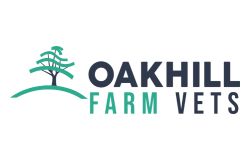Articles
Stay informed with our topical articles, all written by our farm vets.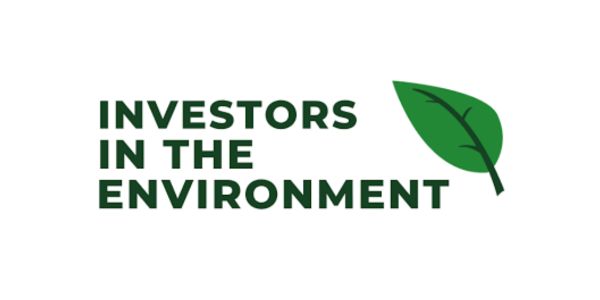
GREEN LEVEL INVESTORS IN THE ENVIRONMENT ACCREDITATION FOR OAKHILL VETS!
After a period of extensive reporting and planning, Oakhill had its second ‘Sustainability Audit’, and we are proud to announce that we achieved Green Level accreditation with an impressive score of 77%, skipping the Gold Level entirely!
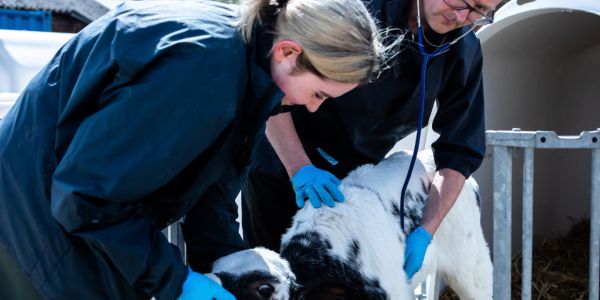
ALTERNATIVE STRATEGIES FOR WORM CONTROL
Resistance to commonly used wormers in sheep has been reported since the 1980s but more recently resistant worms have been found on up to 100% of farms. Therefore, it is increasingly important to change how we use wormers to avoid selecting for resistance and to ensure that we continue to have these tools for the future.
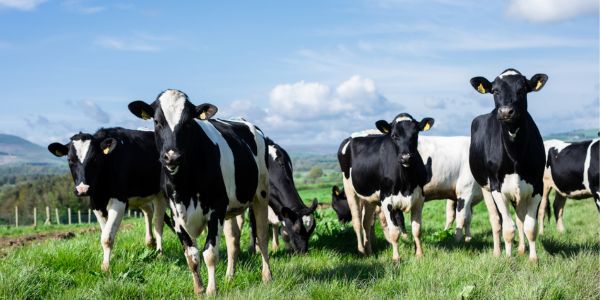
COW TRACKS
With turnout time upon us it is a good time to have a look at your cow tracks and ensure that they are in good repair to benefit both you and your cows.
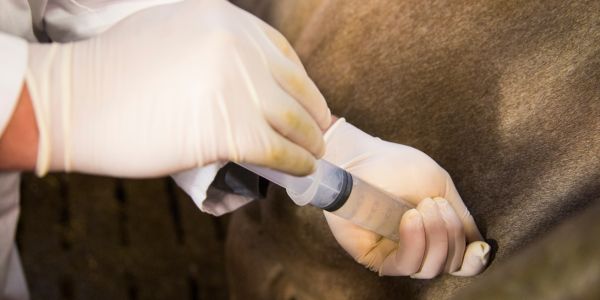
CLOSTRIDIAL DISEASES
Clostridia are a group of bacteria that are commonly found in soil and in the digestive tracts of animals. They can produce toxins that cause a variety of diseases in farmed animals, and which can lead to sudden death in many cases. However, vaccines are available which provide protection against the toxins.

OAKHILL VETS CELEBRATES FIFTY YEARS
This year marks Oakhill Vets 50th anniversary, and we couldn’t be more excited to celebrate this momentous milestone! We are proud to have achieved remarkable development and growth, all whilst remaining fiercely independent.
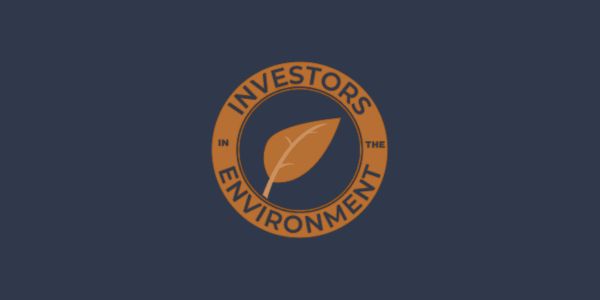
INVESTORS IN THE ENVIRONMENT AWARD: ACHIEVING ‘BRONZE’, AND HEADING FOR SILVER!
After a busy period of reporting and planning, Oakhill had its ‘Sustainability Audit’ with the iiE team in October, and we’re very proud to announce that we achieved ‘bronze’ accreditation!
